SELENITE, GIPS, ALEBASTR
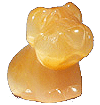 Characteristics of the mineral.
Characteristics of the mineral.
In mineralogy, a lunar stone is called not only the precious adularia, but also another less precious gem. It is soft, not jewelry, and ornamental gypsum, which is also called selenite. This leads to confusion. He also has a low tide, a bit like the moon, but of a different kind, rather than a true moonstone. Therefore, it is more correct to call gypsum selenite, to which mineralogists always call.
A variety of gypsum with a silky tint. This is partially translucent gypsum with a plane-parallel arrangement of layers and pronounced iris. Very soft (it is scratched by a fingernail). Its color is whitish and yellowish. Contains the inclusion of sand, clay, hematite, sulfur, organic, sometimes in significant quantities. It is afraid of scratches, bumps and splits of the mineral. Often from selenite round beads or statuettes with a gentle natural overflow, various figures and products are made. This stone usually has a natural gentle color, it is rarely forged. Restore the lost appearance of products by repeated polishing. Selenite is called peach alabaster with low tide. Easily polished with sandpaper. The final gloss is induced by wax. In ornaments very quickly loses its appearance. With cinnabar.
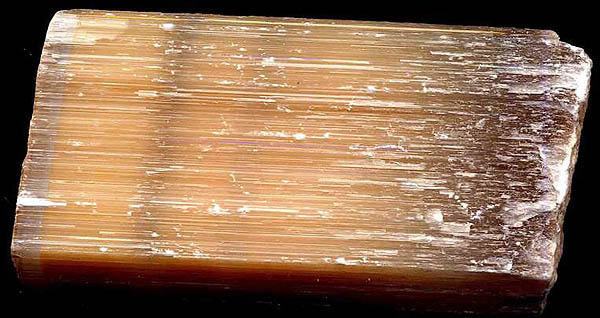
Gypsum (selenite). Cf. Ural, Russia. 97 mm. Photo: © А.А. Evseev.
The pure gypsum-free gypsum CaSO4 * 2H2O is colorless and transparent (photo below), calcium sulfate with water molecules, crystals of alabaster are also found. Alabaster is the hardest milky white variety of gypsum: CaSO4 (H2O) 2. Alabaster is easily dyed and polished. It often occurs with impurities of other minerals.
Magic properties of stones.
The Greek word "selenium" means the moon. Often selenite was considered a sacred stone. It is a very soft ornamental stone (it is scratched with a fingernail). It reacts to the full moon, but the color almost always keeps the same. Amulet of people who tend to develop their intuition: it does not allow them to fall into euphoria, pacifies their manifestations. Selenite - perfectly combines all the protective qualities for women and how the talisman makes them insightful and mysterious. Selenite is the sacred stone of women priestesses, protects fidelity and loyalty, purity and purity. Contemplation of selenite calms the psyche.
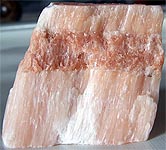
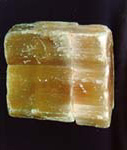

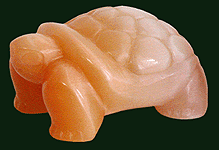
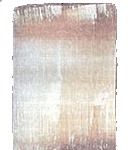
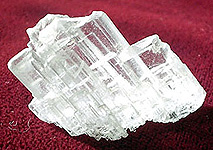
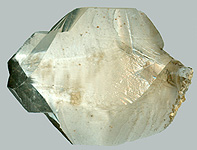
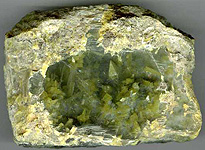
Poisonous and radioactive dangerous stones and minerals
** - poisonous stones and minerals (mandatory check in the chemical laboratory + explicit indication of toxicity).
** - radioactive stones and minerals (mandatory check on the standard dosimeter + ban on open sales in the case of radioactivity over 24 milli / g / h + additional measures of population protection).
All rare stones are subject to mandatory inspection at the standard dosimeter for the permissible level of radiation and in the chemical laboratory for the absence of poisonous and evaporating components that are dangerous to humans and the environment.


Comments
When commenting on, remember that the content and tone of your message can hurt the feelings of real people, show respect and tolerance to your interlocutors even if you do not share their opinion, your behavior in the conditions of freedom of expression and anonymity provided by the Internet, changes Not only virtual, but also the real world. All comments are hidden from the index, spam is controlled.